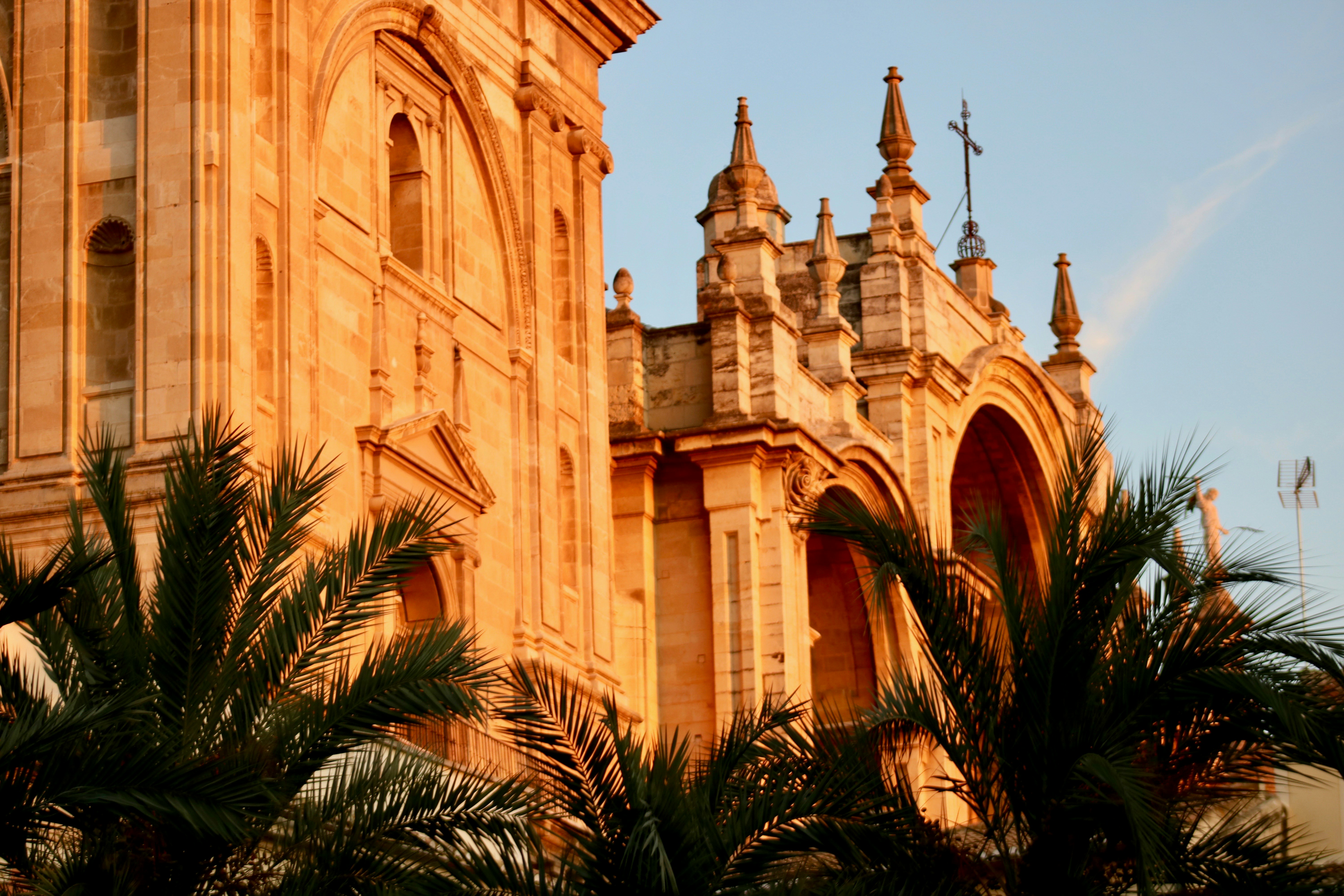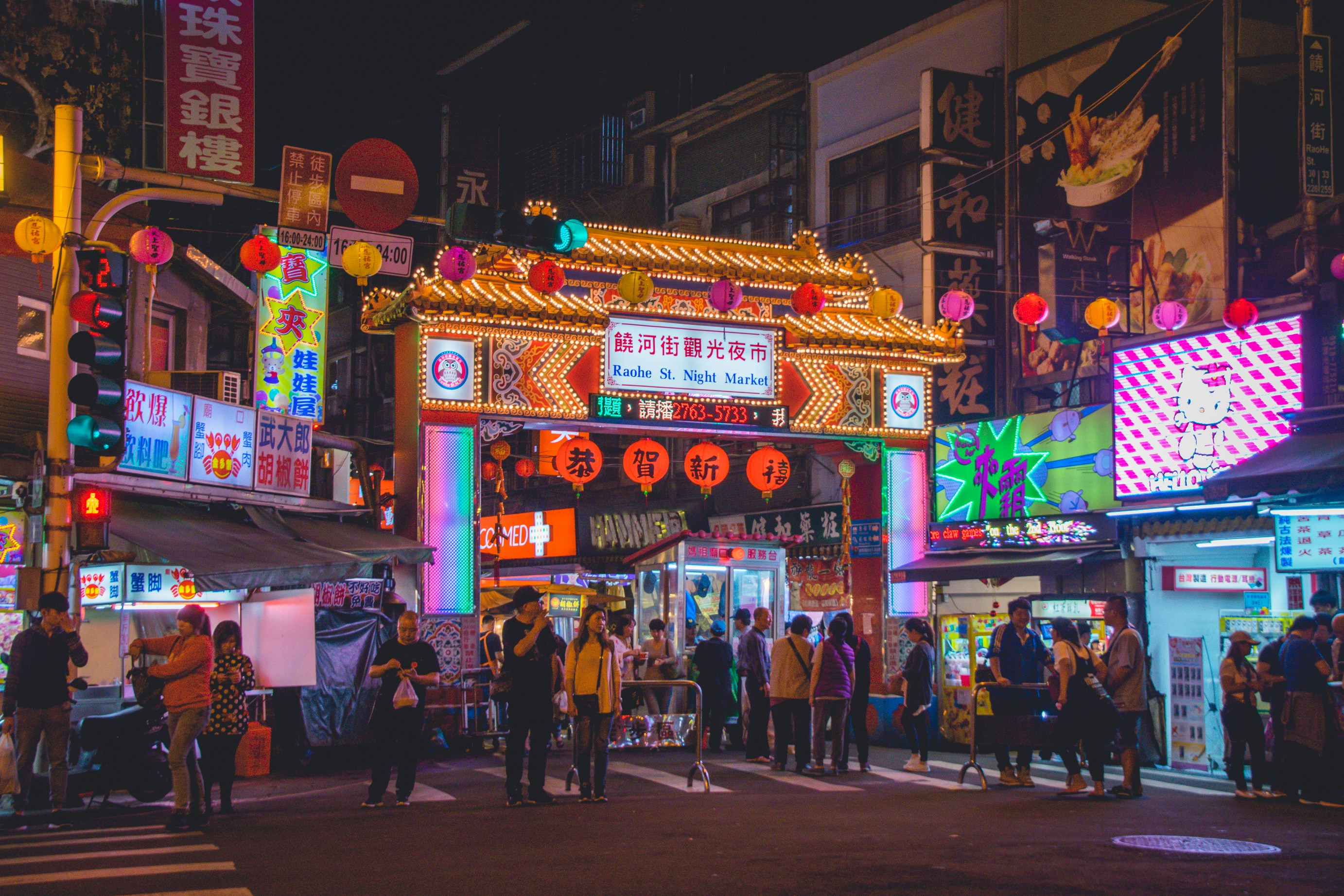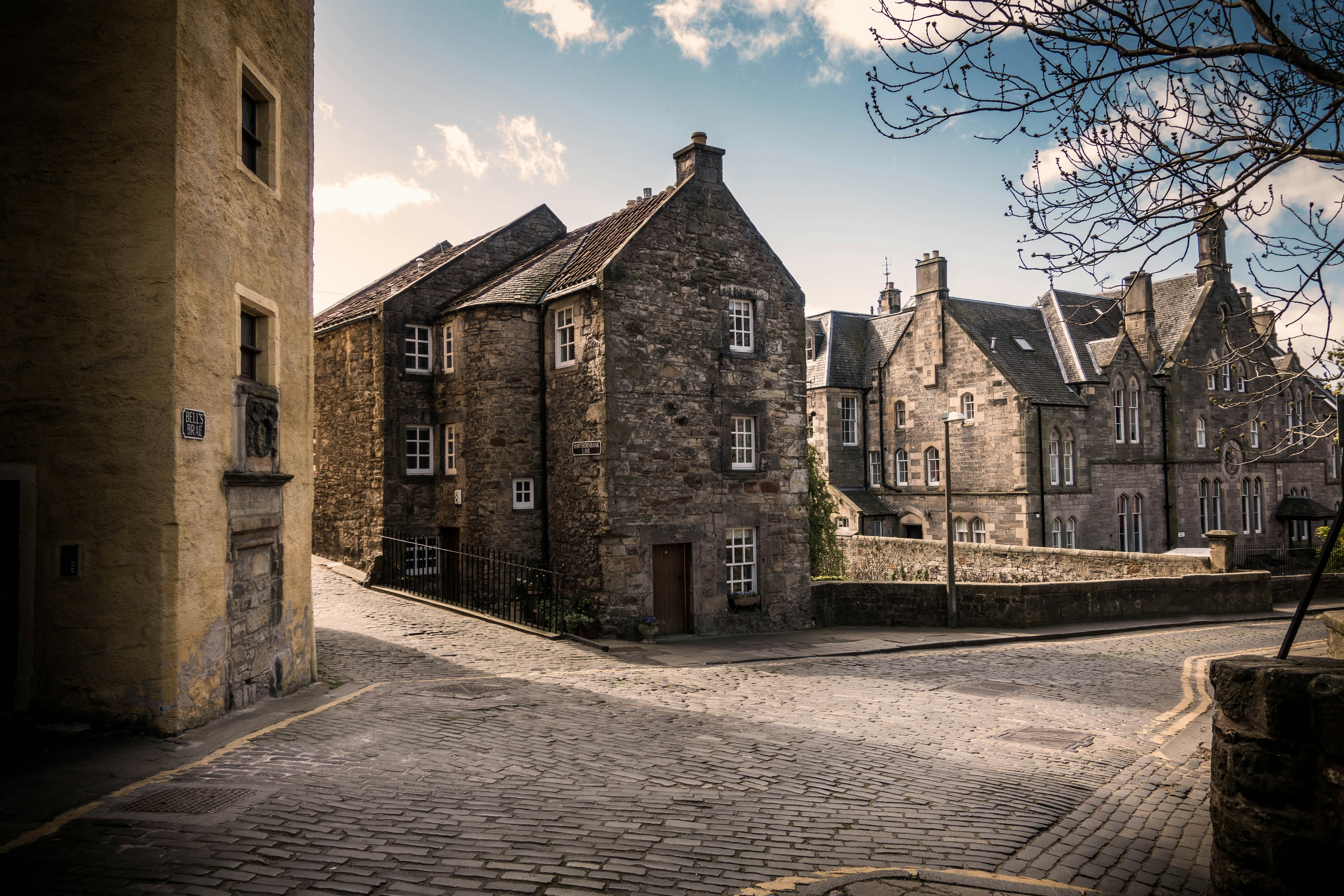Granada 2025 City Guide: Alhambra, Albaicín Views, Tapas Culture, and a 2–4 Day Plan

Granada is a city that lingers in the mind like a melody: orange blossoms and pomegranate motifs; plaster lace and cedar ceilings; stepped lanes that tilt toward the Sierra Nevada, with snowy peaks sparkling behind terracotta roofs. In 2025, the Andalusian favorite remains one of Spain’s most rewarding city breaks, blending Moorish palaces with tapas traditions, student energy, and sunset viewpoints that feel painted by Turner. This complete guide covers where to stay, how to move around, essential sights, food markets, a realistic 2–4 day plan, optional day trips, and practical tips for safety, etiquette, money, and seasonality. Start price‑watching cheap flights to Granada early so you can lock good timings; if your journey faces disruptions, understand your rights and possible compensation for delayed flights under applicable rules.
Where to Stay: Neighborhoods and Vibes
Albaicín: Whitewashed Lanes and Miradores
On the hill opposite the Alhambra, the UNESCO‑listed Albaicín preserves Granada’s medieval Moorish quarter. It’s a maze of whitewashed houses, cobbled lanes, and hidden plazas that reveal sudden views of palace walls glowing pink at sunset. This is the most atmospheric base if you prize character and don’t mind steps, gradients, and occasional late‑night liveliness. Expect smaller guesthouses, cave‑style apartments in restored homes, and boutique hotels wrapped around patios with tinkling fountains.
Realejo: Artistic, Central, and Local
Southwest of the center, Realejo was the old Jewish district and now mixes murals, wine bars, and calm residential streets. You’re close to the Alhambra’s lower entrances, the Carmen de los Mártires gardens, and poet Federico García Lorca’s cultural footprint. Realejo works well for couples and repeat visitors who want a quieter but still central base, with leafy walks and excellent tapas circuits.
Centro and Cathedral Quarter: Convenient and Flat
For easy logistics, the flat streets around the Cathedral and Gran Vía de Colón are hard to beat. You’ll be steps from the Royal Chapel, bustling shopping avenues, and many bus and taxi connections. Rooms are typically larger than in the hill districts, and choices span modern hotels to serviced apartments. If you’re arriving late or leaving early, Centro simplifies bags and transfers.
Sacromonte: Cave Houses and Flamenco
East of Albaicín, Sacromonte is known for its cuevas (cave dwellings) carved into the hillside and its late‑night zambras (flamenco shows) that hum with tight rhythms and handclaps. The vibe is bohemian and dramatic. Expect steep approaches and fewer shops, but brilliant sunrise angles and a different sense of Granada’s layered history. It’s a distinctive option for adventurous travelers and photographers.
Getting Around: Trams, Buses, Taxis, and Walking
Granada’s historic core is compact yet vertical. You’ll walk a lot—especially if you base yourself in Albaicín or Sacromonte—but buses and taxis can flatten hills when needed. The light‑rail metro serves the broader city and hospital area, useful for budget stays or visiting during fairs or university events. From the airport, a direct bus connects to the center in around 30–40 minutes; taxis and rideshares are straightforward at all hours.
Tickets and Passes
City buses sell single rides on board, but you’ll save time and a bit of money using a rechargeable card from kiosks. For the Alhambra, book timed entries well in advance—morning slots pair nicely with garden wanders; late afternoon can deliver draped golden light. Museums often have reduced hours on Sundays and holidays; double‑check closure days.
Airport to City
- Bus: The airport coach runs between the terminal and central stops such as Avenida de la Constitución and Gran Vía. It’s cost‑effective and has space for luggage.
- Taxi/Rideshare: Best for early/late flights, families, or extra gear. Fix your address in advance for hill neighborhoods.
- Rail: Trains connect Granada with Málaga, Córdoba, and Madrid; the rail station is near Avenida de Andaluces.
- Flights: Track cheap flights to Granada to secure schedules that align with timed Alhambra entries.
- Disruptions: If delays or cancellations occur, review options and potential compensation for delayed flights.
Essential Sights and Experiences
The Alhambra and Generalife
The Alhambra is not one sight but a hilltop world of palaces, gardens, and fortified walls. The Nasrid Palaces (Mexuar, Comares, and the Palace of the Lions) are the intricate heart: calligraphy, muqarnas stalactites, and patterned light spilling across marble. The Generalife gardens, with acequias, hedges, and summer pavilions, offer soft air after the stone geometry. Time your Nasrid Palace entry carefully; arrive early and linger in the Charles V Palace and Alcazaba after the peak surge.
Albaicín Viewpoints
From the Mirador de San Nicolás, the Alhambra glows against the Sierra Nevada—perhaps the most famous angle in Spain. Nearby viewpoints like San Cristóbal and San Miguel Alto offer broader, wilder contexts. Wander up from the Paseo de los Tristes, following tiny lanes past cármenes (walled houses with gardens) and small neighborhood squares.
Cathedral and Royal Chapel
Granada’s Renaissance Cathedral rises on the site of the former Great Mosque, with a light‑filled interior and a striking Capilla Mayor. Adjacent, the Royal Chapel holds the marble tombs of the Catholic Monarchs, Ferdinand and Isabella, and a small museum of Flemish paintings and treasured artifacts. Together they anchor the Christian layer of Granada’s story.
Corral del Carbón and Madrasa
The 14th‑century Corral del Carbón, once an inn and storehouse for merchants, remains the oldest Islamic monument in the city and a graceful portal into Granada’s commercial past. The nearby Madrasa (Nasrid university) reveals fragments of plasterwork and a baroque hall that adapts earlier spaces—small but revealing.
Tea Houses and Hammams
In side streets near Calderería Nueva, traditional tea houses pour mint and spiced teas, with pastries and hookahs for a lingering afternoon in Arabic‑decorated rooms. Modern hammams reinterpret the bath tradition with warm pools and short massages; book peak slots in advance, especially on weekends.
Food and Markets: Tapas, Produce, and Sweet Traditions
Granada’s tapas culture is famously generous: order a drink and a small plate arrives as a tapa, then another with the next round. Between classic taverns and student‑friendly bars, you can graze across an evening without a formal reservation. Markets like San Agustín brim with fish, vegetables, and Andalusian olives; bakeries showcase piononos (sweet rolls from nearby Santa Fe), almond pastries, and seasonal breads. Coffee culture is rising, with specialty cafes dotted around Realejo and the center.
How Tapas Work in Granada
Unlike many cities where tapas are ordered à la carte, Granada’s tradition ties a complimentary tapa to your drink, especially in neighborhood bars. The first plate might be something simple—tortilla, olives, or cured meats—while later rounds can get heartier: meat stews, small sandwiches, or grilled fish. You can still order raciones (larger shared plates) or media raciones to dial in favorites, but a tapas crawl is a meal in chapters.
What to Taste
- Tapas Circuit: Move between taverns for meatballs, anchovies, tortilla, and seasonal stews; note that tapa style changes by venue.
- Market Bites: Sample cured hams, local cheeses, and olives; ask about seasonal produce from the Vega de Granada.
- Sweets: Try piononos, roscos, and mantecados; pair with an afternoon tea in the lower Albaicín.
- Wines: Taste Andalusian whites and fortified styles; sherry bars often carry interesting lists.
2–4 Day Plan: A Balanced, Realistic Pace
Day 1: The Palaces and the Hill
Reserve your Alhambra tickets well in advance and plan the day around your Nasrid Palaces entry time. Arrive early to explore the Alcazaba and the Palace of Charles V first, then flow into the Nasrid sequence when your time arrives. Break for lunch near the Alhambra’s lower gates or picnic in the Carmen de los Mártires gardens. Late afternoon, descend to the Paseo de los Tristes and wander into the lower Albaicín for tea or a first tapas crawl. Time sunset at San Nicolás or a quieter mirador like San Cristóbal.
Timing Strategy
Morning entries mean softer crowds and easier breathing space for photos and architectural details. If you can only secure an afternoon slot, flip the day: begin with the Cathedral and downtown sites, then ride or walk up for the palaces, finishing with Generalife gardens before closing.
Day 2: Cathedral Quarter, Corral del Carbón, and Realejo
Start at the Cathedral and Royal Chapel, then thread through alleys to the Alcaicería (the old silk market, now a crafts arcade). Visit the Corral del Carbón and the Madrasa for the Islamic layer of Granada’s downtown. After lunch, explore Realejo’s murals, small museums, and leafy squares. Consider a late‑afternoon hammam session, then dress for a relaxed sit‑down dinner or continue the tapas circuit.
Optional Adds
Art fans can detour into small galleries around Plaza del Humilladero; architecture lovers might climb church towers for alternative viewpoints. If you’re traveling with kids, pencil an hour at a playground near the Genil River before dinner.
Day 3: Albaicín Depths and Sacromonte
Climb into the upper Albaicín via San Miguel Bajo, exploring cármenes and tiny chapels. Follow the Camino del Sacromonte to cave houses and viewpoints. If you’re interested in flamenco, book a zambra performance for the evening; otherwise, descend to the center for a final market visit and dessert. Night strolls along Carrera del Darro feel timeless.
Photography Tips
For clean frames, explore side lanes a block off the main miradores, and use early morning or golden hour to soften contrasts between bright white walls and deep shadows. After dark, bring a small tripod or brace on low walls; lamps create a cinematic glow along the Darro.
Day 4 (Optional): Gardens, Science, or Leisure
If you have a fourth day, pick a theme. Garden lovers can linger in Carmen de los Mártires or the Generalife terraces if you split your Alhambra visit. Families might enjoy the Science Park (Parque de las Ciencias) with interactive halls and a butterfly house. Or make it a pure leisure day: café reading, light shopping, and a last sunset from a new angle.
Optional Day Trips
- Sierra Nevada: In winter, ski days beckon; in other seasons, take panoramic drives or hikes among high‑country villages and viewpoints. Weather shifts quickly—pack layers.
- Las Alpujarras: South of the Sierra, white villages like Pampaneira and Capileira perch over terraced valleys. Combine short hikes with craft shops and slow lunches.
- Córdoba: A fast train or drive takes you to the Great Mosque–Cathedral, patios, and medieval streets—a complementary Moorish jewel.
- Málaga: Sea breezes, contemporary museums, and a revitalized port make an easy coastal contrast; dining is outstanding.
Logistics for Day Trips
Trains and buses run frequently to Málaga and Córdoba; book seats on weekends and holidays. For the Alpujarras or smaller Sierra villages, renting a car for a day adds welcome flexibility—roads are winding but scenic, and parking is usually straightforward outside peak hours.
Safety, Etiquette, Money, and Seasonality
Safety
Granada is generally safe, with the usual precautions in crowded districts and tourist corridors. In hill neighborhoods, watch footing on uneven cobbles and avoid poorly lit shortcuts late at night. Keep belongings close on buses and at major sights, and share your route when returning uphill after shows or late dinners.
Etiquette
Polite greetings, patient queuing, and quiet voices in religious and historic spaces go a long way. Respect private cármenes and local homes; photography is appreciated but ask when in doubt. Tipping is modest—rounding up or 5–10% for excellent service in restaurants.
Money
Cards and contactless payments are standard. Market vendors and small bars may prefer cash; keep a little on hand. Prices rise during holidays, university events, and spring festivals. Book high‑demand slots like Alhambra entries early to avoid third‑party markups.
Costs and Budgeting
As a rough daily guide for mid‑range travelers: breakfast and coffees €6–10; lunch with drinks €12–20; a tapas crawl dinner €12–25 depending on rounds; hammam sessions €25–45; Alhambra complex tickets vary by areas and time. City buses are inexpensive; taxis up to hill districts cost more but save time and effort after long days.
Seasonality
- Spring (Mar–May): Mild days, blossoms, and energized streets; a sweet spot for balanced crowds and comfort.
- Summer (Jun–Aug): Heat builds—plan early starts, siestas, and late dinners. Hill breezes help, but hydration and shade matter.
- Autumn (Sep–Nov): Golden light and cooler evenings; great for hiking days in the Sierra and long market strolls.
- Winter (Dec–Feb): Crisp mountain air, lower hotel rates, and occasional snow views; pack layers for big day‑night swings.
Booking and Timing for 2025+
Granada rewards firm anchors and flexible fringes. Lock your Alhambra day and Nasrid Palace entry time first, then line up accommodation and cheap flights to Granada to match. Add margin around sunrise and sunset photography, and consider split visits to the Alhambra complex if you love gardens. If travel disruptions crop up, review your entitlements and evaluate compensation for delayed flights to recover time or costs where eligible.
Best Windows to Book
For spring and autumn, secure rooms 6–10 weeks ahead; for summer and around university or festival periods, start earlier. Alhambra entries can vanish fast—set calendar reminders when dates open. Long weekends in Spain, the UK, and France can spike demand; check calendars before locking flights.
The Bottom Line
Granada’s magic lies in how the palaces and the neighborhood weave together: tile, plaster, wood, and water, filtered through mountain light. Spend two to four days walking at human speed, balancing headline sights with courtyard pauses and market appetites. Plan thoughtfully, book Alhambra times early, and let the lanes guide a few unscripted detours—you’ll leave with more than photos: a sense of place you can revisit whenever you smell orange blossoms or hear a guitar’s first, resonant chord.
Whether it’s your first visit or a return to old favorites, Granada’s scale makes it perfect for a long weekend with depth. Pair smart anchors—Alhambra, Cathedral, Albaicín—with wandering time, and you’ll find your own corners: a tiled patio, a tiny cafe with just four tables, a view that reveals a new fold of the city. The best trips here feel composed but never rigid—a conversation between your plans and the day’s light.


